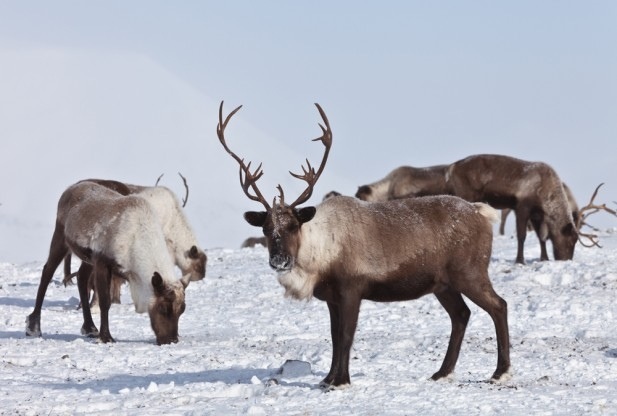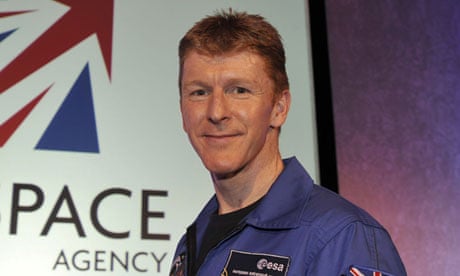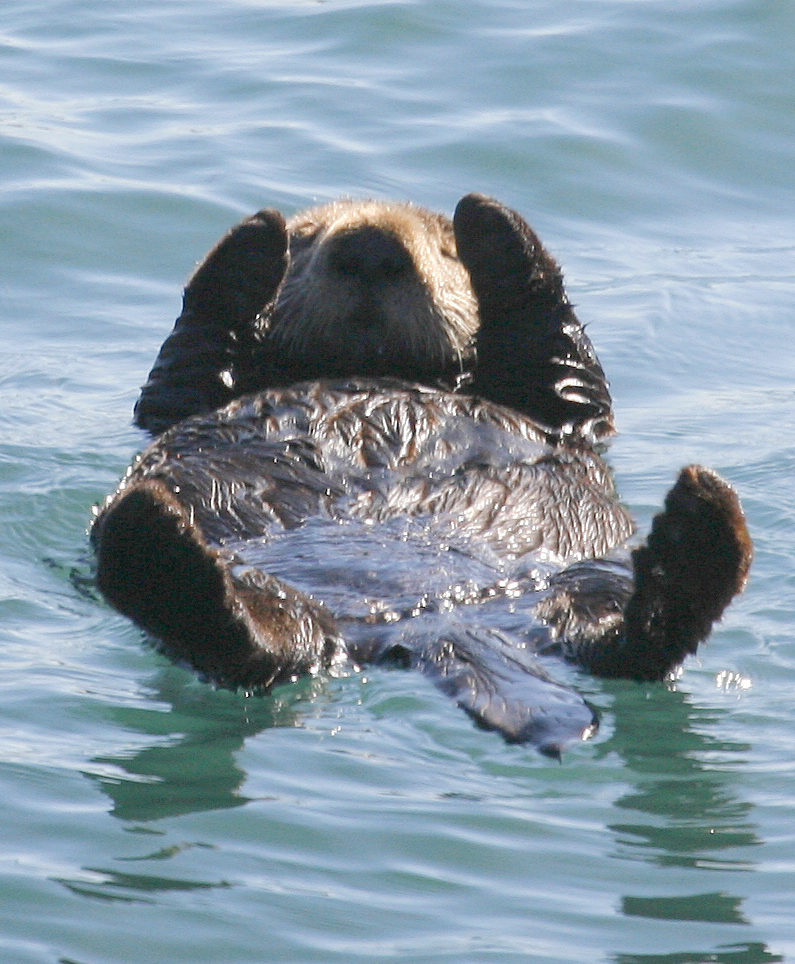Happy New Years Eve! As it's the last day of the year, I thought its only right to take a look back at my most viewed most of the year - Enjoy the new years celebration!
Most pets liked being stroked, I do know a cat who hates it and runs a million miles every time I come near him but most cats like it!
Most pets liked being stroked, I do know a cat who hates it and runs a million miles every time I come near him but most cats like it!
Stroking a cat or dog releases a hormone called oxytocin. This hormone is actually released in both the owner and the animal, lowering blood pressure and reducing anxiety. Scientists assume that because these feelings are obviously pleasurable to both the owner and pet over time we've 'learnt' to continue. But why have we learnt? Scientists say that it's kind of like natural selection. This is because it's pretty much a huge survival advantage for many animals to be domesticated because not only we benefit from them but our pets get a free home, food and so on. It's this scientists believe is the reason why animals love us stroking them - a feeling which is gotten stronger over time mirroring a much smaller scale of evolution. Now, we've reached a stage where they (well most of them :) ) enjoy our company and vice versa.












